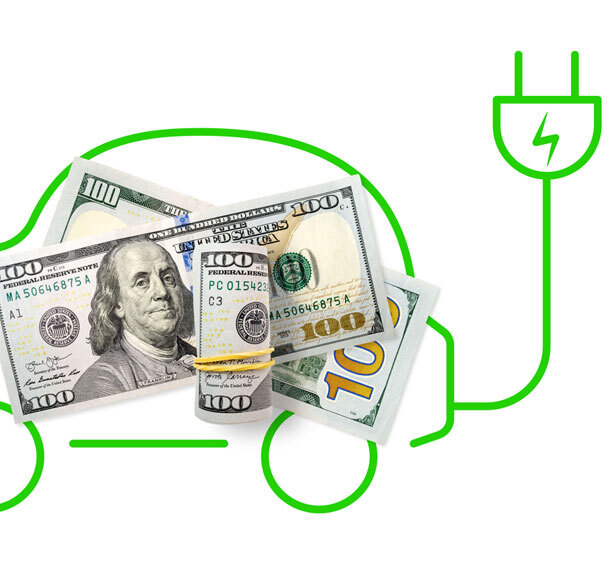
New EV Rules Make Only Few Electric Cars Eligible for Tax Credits
The new EV rules issued by the Biden administration have altered the provisions regarding tax credits for electric vehicles. Released by the Treasury Department, these rules aim to reduce the reliance of the United States on batteries, minerals, and other parts sourced from China. This move may seem to be much-needed, considering the current political scenario and strained Sino-US ties.
Apart from hoping to shift the supply chain of carmakers from China to the United States or its allies, the new EV rules come right after the Inflation Reduction Act. The Act includes clean energy, tax and healthcare and was passed last year by the Democrats as a measure to fight climate change and its rising consequences by cutting down emissions and promoting the usage of electric vehicles.
The new criteria will be implemented from April 18 onward. On the same day, the Treasury Department will also release a list of cars to which the tax credit will be applicable. Until then, car owners can continue claiming the tax credit for all the vehicles eligible currently. So what do the new rules say? Let’s have a look:
The new EV rules list the minimum mandatory requirements that automakers must follow for the cars to be eligible for tax credits of up to $7500. The rules particularly revolve around where the cars are assembled and where the material that goes into the batteries is sourced. Previously, 92% of electric vehicles were eligible for a full tax credit, but with these new rules, this number will come down to 43% approximately. The percentage is expected to reduce further, considering the strict new EV rules.
When the new rules kick in, every EV has to meet the critical-mineral rule, which means that 40% of the value-based battery minerals have to be extracted or processed in the US or allied nations. If either of the criteria is not fulfilled, there’s a third provision that allows for the tax credit if 40% of the minerals are recycled in North America. Vehicles complying with either of these provisions will be eligible for part tax credit, which amounts to $3750. Gradually, the 40% will be increased to 80%, but this is expected to happen by 2027.
To become eligible for the remaining tax credit amount, EVs must comply with the battery component aspect. This provision requires at least 50% of battery manufacturing or assembling to happen in North America. By 2029, this percentage will increase to 100%, completely cutting down dependence on China for battery components. How these values are calculated will be clearly listed in the guidance rules, which will be released soon.
But were these rules welcomed by all stakeholders? Well, not really. Trade partners have repeatedly emphasized that the new rules will only impact automakers negatively. In fact, due to opposition and concerns from trade partners, the rules were released three months later than the original release date.
During this time, various concerns raised by trade partners as well as lawmakers were addressed. Even so, officials stood their ground and stated that over-reliance on China for manufacturing EVs has to end; the new rules are the first step towards ending this over-dependence on China.
Currently, there are numerous joint ventures between American and Chinese companies for automobile manufacturing. These new rules may be a hindrance and impact automakers in the US. But gradually, cutting down imports for key EV parts from China seems the only way out.
For more details about these new rules and how they could impact your company, please feel free to reach out to an Albany car accident lawyer.


